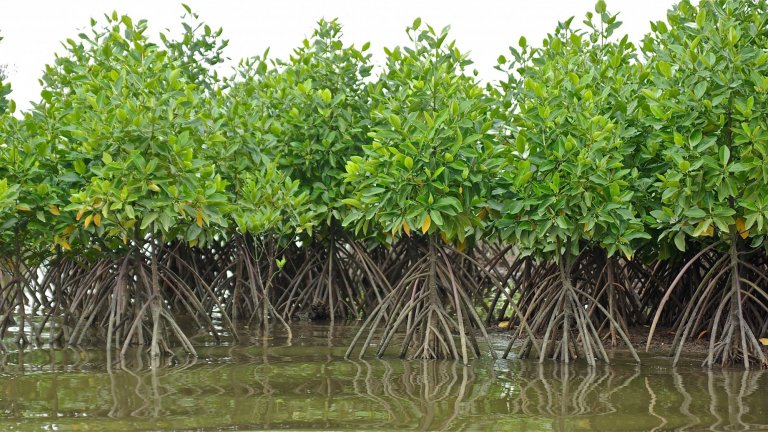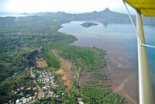
Scientific news
The mangrove, a forest that grows in salt water
26 July is the international day for the conservation of mangroves. This atypical maritime forest, subject to the tides and trade winds, plays an essential role in the dynamics of tropical shores and provides unsuspected services to populations and the environment.The mangrove, a forest that grows in salt water

A habitat for many species of fish and crustaceans, an effective carbon trap, a natural barrier that attenuates the energy of storms and tsunamis, and a filter for certain pollutants, mangroves are still degraded and fragmented in many countries. Today covering nearly 150,000 km2, its global surface area has decreased by nearly 20% until the end of the 2000s. Today, still faced with intensive shrimp farming, timber harvesting and urban development, its decline is however less marked, under the influence of protection measures and awareness of its vulnerability.
Sensitive to changes in sea level and the recurrence of extreme climatic events linked to the ocean, the mangrove is also at the forefront of ecosystems threatened by the climate crisis.
Discover, through our videos and photos, a prolific and fragile ecosystem that scientists are studying to protect and conserve, particularly in French territories where mangroves cover nearly 100,000 hectares.
CNRS News Article
A book about mangroves (only available in French)
CNRS Images,
Our work is guided by the way scientists question the world around them and we translate their research into images to help people to understand the world better and to awaken their curiosity and wonderment.

